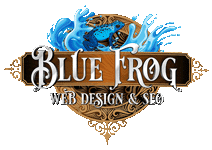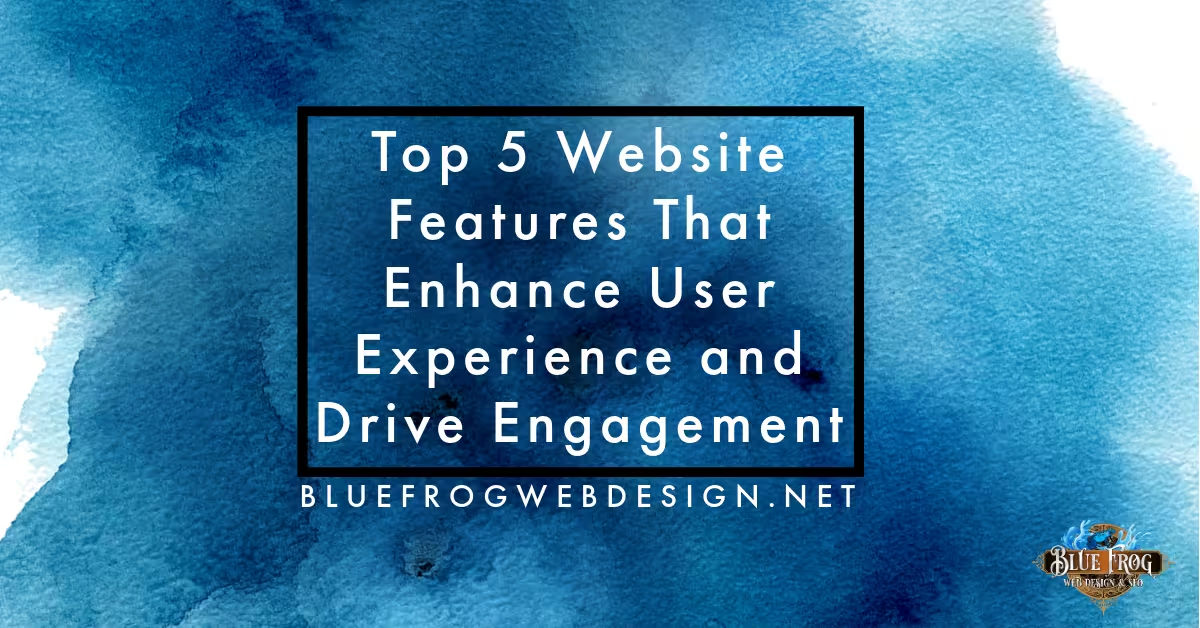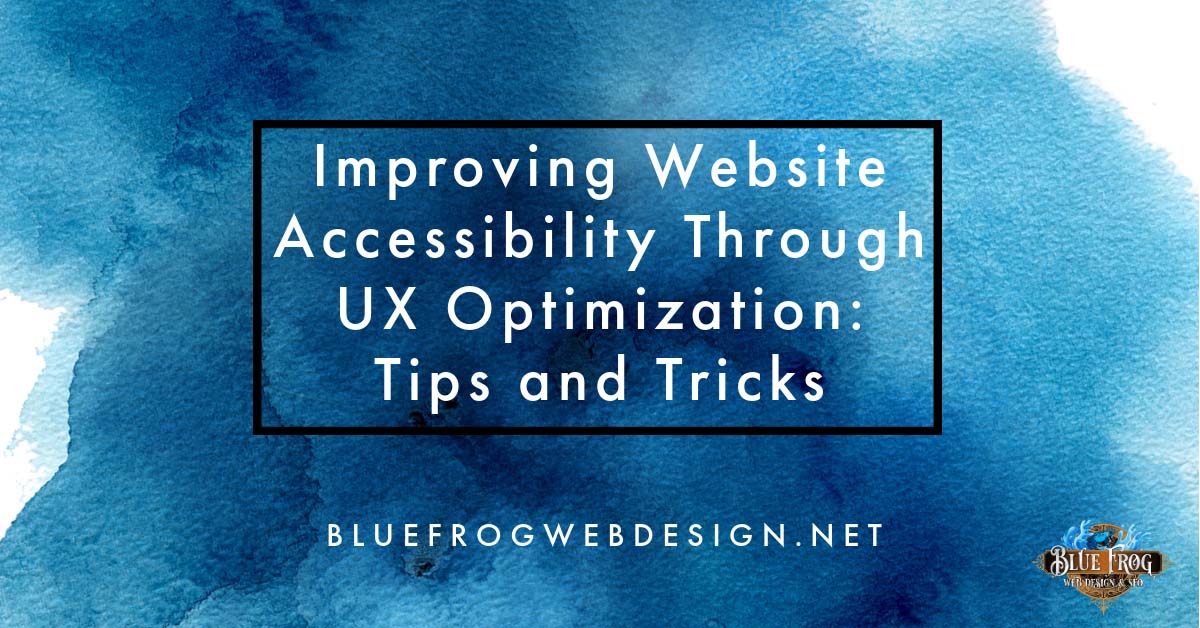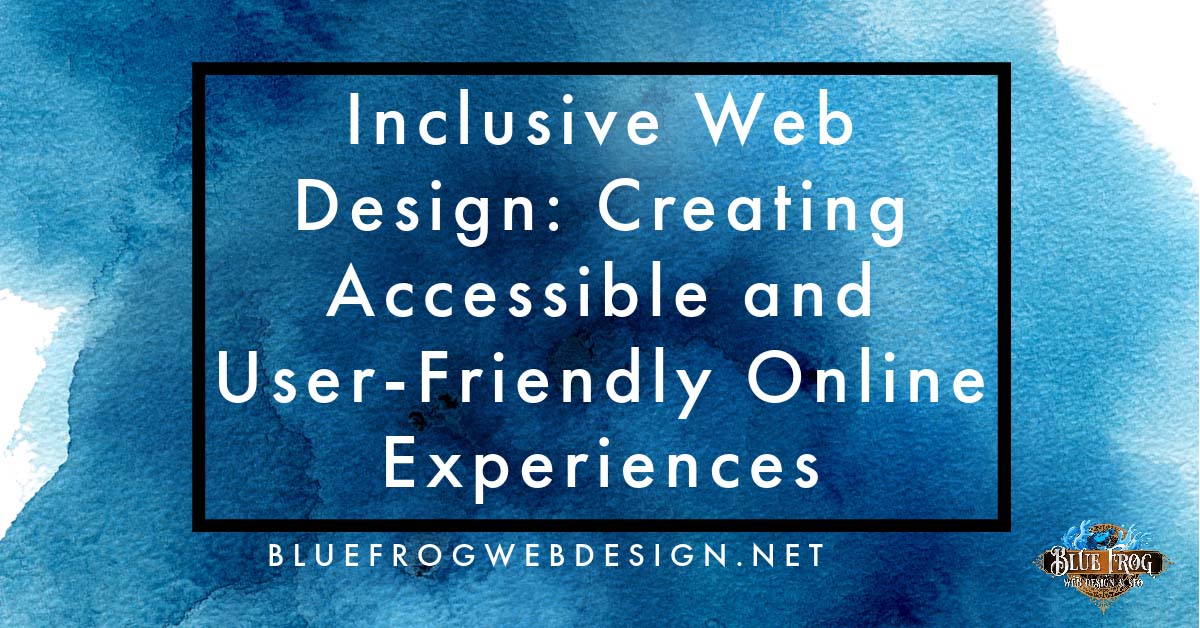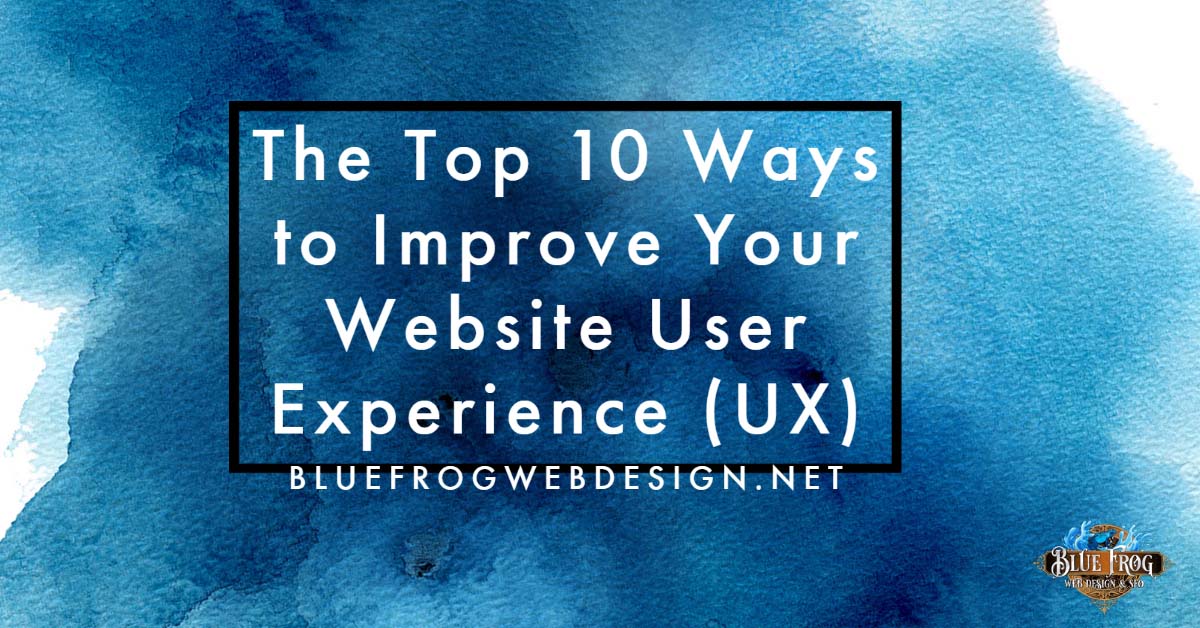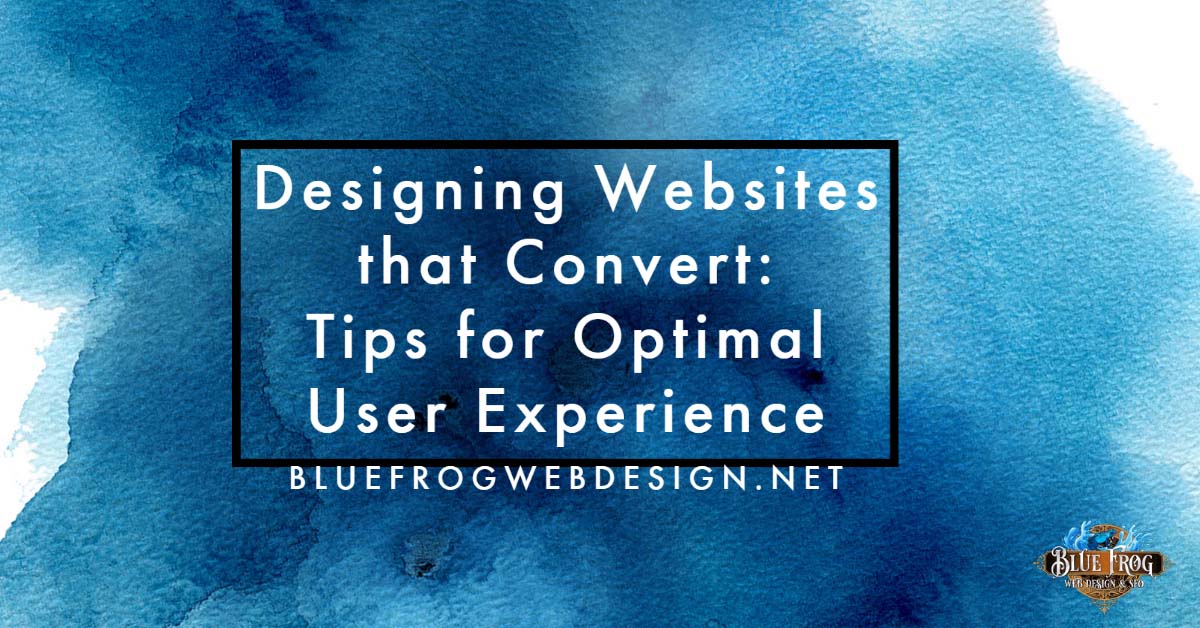![web accessibility 101 how to ensure your website is inclusive to all users[105799]](https://bluefrogwebdesign.net/wp-content/uploads/2023/08/Web-Accessibility-101-How-to-Ensure-Your-Website-Is-Inclusive-to-All-Users105799.jpg)
web accessibility 101 how to ensure your website is inclusive to all users[105799]
The Importance of Inclusivity
In a world where over a billion people live with disabilities, web accessibility isn’t just a nice-to-have; it’s a must. Disabilities come in various forms—visual, auditory, motor, and cognitive—each with its own set of hurdles. Imagine trying to dance your way through a forest blindfolded or deciphering a secret code you can’t hear. That’s the challenge many users face when browsing the web.
Websites represent an essential way users interact with businesses, purchase products, and access essential services. Through the use of clever web design, we can ensure these features are available for a majority of online audiences. If your company is catering to a particularly niche audience, it would be a good idea to consider their needs when considering which accessibility features to include.
Navigating the Map of Accessibility
If you are new to accessible web design, you probably aren’t aware of WCAG. The acronym stands for Web Content Accessibility Guidelines. Think of it as your treasure map to ensure your website is inclusive. These guidelines revolve around four noble principles: Perceivable, Operable, Understandable, and Robust (POUR). It’s like giving your site a royal makeover, ensuring all your content is accessible and usable for everyone. Using these guidelines and design principles can help boost your online presence and get you more organic traffic.
Essential Inclusive Strategies
Embarking on the path to an inclusive and user-centered website is an endeavor that involves weaving thoughtful strategies into the very fabric of your digital space. Here is how to ensure your website is a welcoming space for all users:
- First stop: Semantic HTML! Think of it as providing clear signposts in the digital wilderness. It helps screen readers find their way and ensures that everyone understands your content, no matter their journey.
- Next, alt text—a secret spell for images. It’s like whispering a description in the ears of those who can’t see, making sure no one feels left out.
- Some users have trouble handling a computer mouse. Ensure your website offers smooth keyboard navigation and fancy focus indicators that guide the way.
- Speaking of fancy, let’s talk about color contrast. Don’t let your site’s design become a camouflage challenge. Ensure your color choices cater to all eyes, making the content pop for everyone.
- Your multimedia files can also benefit from inclusive features. When it comes to images and video files, you can include captions and transcripts.
Testing to Ensure Your Website is Inclusive
Alright, time to break out the magnifying glass and put on your detective hat! Testing is your trusty sidekick in this quest. Automated tools like WAVE and Axe help uncover hidden barriers but remember, they’re not infallible. Manual testing is the real hero here. Get some real users involved—especially those with disabilities. They’ll be your guides, showing you where the bridges are out, and the paths are blocked. After testing is completed, you can ask those users for feedback and implement additional features based on their guidelines. If you receive positive feedback, you can even include it as social proof on your website.
Beyond the Horizon: Inclusive Design
Don’t just stick to the guidelines—go beyond! Embrace inclusive design like a warm hug. Involve users with disabilities from the get-go. Their insights are gold and can transform your site into a sanctuary of inclusion. If your company is large enough, you can consider creating an accessibility review board.
Sustaining the Magic: Continuous Accessibility
Here’s a little secret: websites aren’t static; they’re like living creatures, evolving and changing. So, don’t rest on your laurels! Keep those audits and updates coming. Stay tuned to technological advancements and shifting user needs, and your website will be the embodiment of accessibility. A cutting-edge website that is inclusive to all users can also be a great promotional tool. Don’t be shy about including it in your marketing since that can expand your user base and draw more customers to your company. Start thinking of your website as an additional service you provide for your customers and strive for continual improvement.
Boosting User Engagement: Designing for Interaction
Boosting user engagement on your website is like throwing a lively party everyone wants to attend. To kick things off, ensure your content is as captivating as a gripping story; weave in compelling visuals, snappy headlines, and succinct yet informative text. If you want to increase user engagement on your website, you can make your website more interactive by streamlining navigation with intuitive layouts, like a well-orchestrated dance. Don’t be shy about interactive elements – they’re the heart of the party!
Incorporate quizzes, polls, and comment sections to spark conversations and create a sense of community. Speed matters – a website that loads swiftly is like an express ticket to the hottest event in town. Lastly, keep the updates flowing like music playlists at a gathering; fresh, relevant content is the key to maintaining excitement and keeping visitors coming back for more. Channel your inner party planner, infuse your site with energy, and watch user engagement soar!
In Summary
Now we are ready to wrap up our whirlwind tour of web accessibility. Follow our guidelines and create a space where everyone’s invited. Remember, this isn’t just about ticking checkboxes—it’s about weaving a tapestry of inclusion. Take a good look at the current state of accessibility you offer visitors, and start thinking of ways to ensure your website is inclusive to all users. Your site visitors will be grateful, resulting in a boost to your online traffic and a better bottom line. We consider this a win for all parties included!
Image used:
https://unsplash.com/photos/9xxNZCJZ8bA







Need help with your marketing?
Let my team help you like we’ve helped lots of other businesses dominate their rankings and attract better-quality leads.
